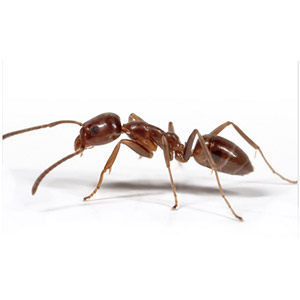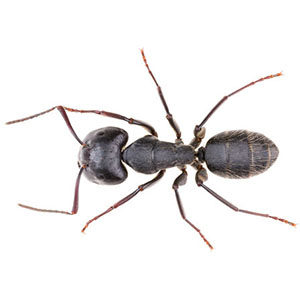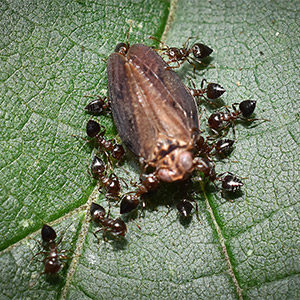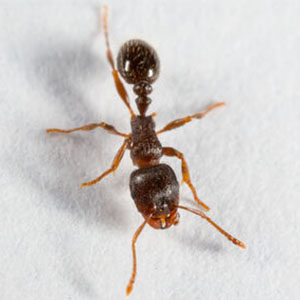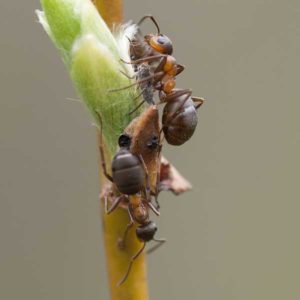Description
| Size | 1/8 in. |
| Color | Dark to light |
| Body Structure | Head, thorax, and abdomen with a single node on the pedicel connecting the thorax and abdomen. |
| Characteristics | Argentine ants are social insects that reside in colonies often featuring multiple nests. Unlike other species, Argentine ants are not aggressive toward ants from other neighboring colonies, which allows colonies’ numbers to grow and multiply exponentially. |
| Habitat & Behavior | Argentine ants often are found in mulch or soil, nesting only 1-2 inches beneath the surface. They also are found under debris, rocks, and lumber. Indoors, Argentine ants nest in wall voids, insulation and pipes or drains. In the wild, they feed on insects and honeydew; indoors, they are drawn to any food remains, especially sugary foods. |
| Commonly Active | Spring / Summer / Fall |
| Prevention & Treatment | Argentine ants are attracted to food residues, especially sugary foods. To prevent infestation, the best course of action is to make sure areas where foods are prepared or consumed are free of all residues. Often, it is reported that bait containing boric acid is an effective treatment for Argentine ants, with worker ants theoretically carrying the tainted bait back to the nest and exterminating the colony in turn. However, the treatment can backfire if the concentration of boric acid in the bait is too high, causing worker ants to perish before making it back to the nest, rendering the whole treatment futile. For this reason, it always recommended that a trained pest control professional treat Argentine ant infestations. Find out more about ant extermination options. |
